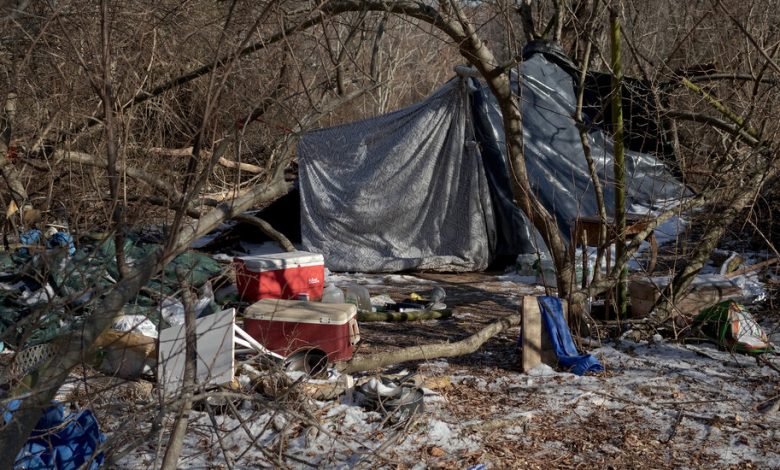The Perilous Existence of a Hamptons Day Laborer

Early in the evening of Dec. 30, Julio Florencio Teo Gomez, a carpenter from Guatemala City who had shifted around different living situations on Long Island for more than a decade, went looking for money he was owed for a job he had completed before the holidays. Like so many other day laborers operating in the far reaches of Long Island, he had found the work at a roundup one morning in the parking lot of the 7-Eleven in Southampton. Throughout the final week of the year, he visited the lot several times in the late afternoons, when painters and millworkers, handymen and others in the building trades are dropped off at the end of the workday. He hoped to find the contractor who had neglected to pay him and collect what he was due.
Whether he managed to get the cash is unclear, but at the end of his mission, Mr. Teo Gomez set out to visit his brother 17 miles away in Riverhead. Although they had been living together for a time, Mr. Teo Gomez’s home was now an encampment in the woods in Bridgehampton. It was shortly after 6 o’clock when he walked toward a bus stop on County Road 39, a stretch of road that runs from Shinnecock Hills to Water Mill and passes one of the country’s most exclusive golf clubs, a McDonald’s and the grave of Gary Cooper. Crossing in the dark, he was struck by a sedan. Police officers arrived and administered CPR. The driver remained at the scene of the accident and was not charged. Mr. Teo Gomez, who was 48 and had a wife and five children in Guatemala, died later that night at a nearby hospital.
For a good share of his adult life he had been part of a work force crucial to the high-season rituals of Long Island’s East End, where the upkeep of expensive property is meticulous and constant. The workers, who are for the most part undocumented immigrants from Guatemala and Mexico, are kept sufficiently busy during the stretch from April to September, when consistent landscaping work is available and they can make $100 to $150 a day — enough for a room in a house or apartment, or at least a designated sofa somewhere.
But the colder months — when there is no imperative to trim the hedgerows — demand alternatives. Some workers find them in the rhythms of the harvest, moving to the North Fork in October to pick grapes at local vineyards and then traveling to Florida to pick oranges during the winter. Others remain, and when they cannot afford a room, they live in the woods.
Encampments have emerged over the years as real estate values have soared and the least well-paid among the working class have had fewer options in terms of where and how they live. There is not a permanent homeless shelter in this part of Suffolk County. During the winter, the encampment population reaches about 100; it can double over the summer, when demand for workers — and the cost of rent — are so much higher.

An encampment in the woods near Southampton.Credit…Anna Watts for The New York Times




